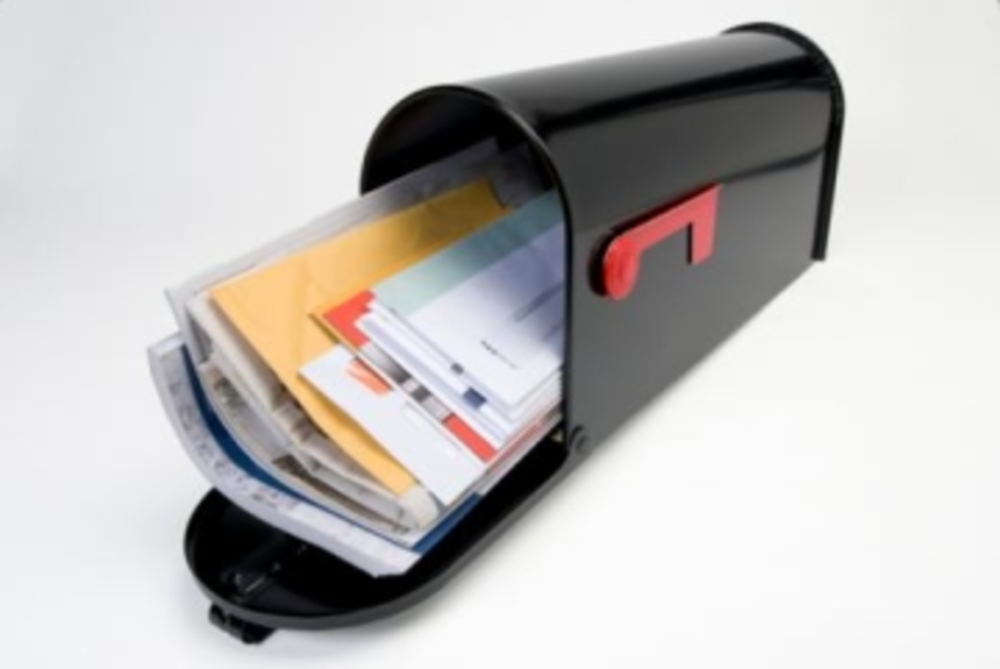There are four key challenges marketers must “embrace” to ensure the effectiveness of direct mail in a multichannel world, said Patrick Donahoe, Postmaster General and U.S. Postal Service (USPS) CEO, at the National Postal Forum (NPF) in San Francisco.
Personalization
The first challenge Donahoe detailed is to make mail personally relevant. “Your mail should know you as well as your spouse does,” he said. He alluded to targeting available to digital marketers—such as Facebook features that allow businesses to target customers based on preferences they exhibit on the social media site.
By contrast, Donahoe conceded that the mail industry currently “does not use data as effectively as we should.” He gave a hypothetical example of the way personalization should be used in the mail stream: An individual searching for a car online browses the site of a local dealer, but doesn’t take further action, like scheduling an appointment. The dealer might then send that prospect a direct mail piece detailing the specifications of the car she looked at on the website. On the mailer would be a smart code, which the recipient could use to quickly schedule an appointment.
Donahoe conceded that this scenario is more complex to execute than it actually sounds. However, he said that current technology makes it “a much more attainable goal.”
Donahoe also emphasized the benefits of personalized mail over targeted online advertising. “Paid digital advertising has a lot of unique characteristics,” he said. “But it’s not effective getting people to slow down and focus on their messages. No one slows down to read through spam emails. But if we can take the targeting power of online advertising and combine it with the mail experience, we can make mail more valuable to the receiver and the sender.”
Actionable
The car dealer scenario Donahoe detailed also exemplifies the second challenge marketers face: Making mail more actionable by reducing the number of steps customers must take to make a purchase or interact with a business. “If we make mail more actionable, it becomes more valuable,” Donahoe said. To help accomplish this, the USPS this year is introducing programs to incentivize marketers to incorporate mobile technologies into their direct mail pieces.
Functional
By using these technologies, mail will become more functional—the third challenge for direct mail marketers. “Mail should be able to interact with smartphones and smart TVs,” Donahoe said. “If you get mail from a bank, you should be able to tap on your phone and get a representative. If you get mail from a restaurant, you should be able to tap and make a reservation.”
As part and parcel (so to speak) of increasing mail’s functionality and utility, the USPS has introduced features that enhance delivery options—like dynamic routing in which customers can order items on a mobile device and have it sent to their exact location, or improved tracking that allows customers to track mail, as well as packages. For instance, the USPS’s MyPost app for mobile devices, currently in prototype, is designed to allow businesses and consumers to track mail. “If you’re a marketer, imagine the power of building anticipation that something will be coming in the mail over the next couple of days,” Donahoe said.
He also emphasized same-day delivery service to improve the utility of mail. Currently, the USPS is piloting one such service called Metro Post in San Francisco, wherein customers can order an item and have it delivered to their house that afternoon. “(Same-day delivery) will be the customer’s next expectation,” Donahoe said, emphasizing that the USPS is also working to keep costs of this service to a minimum. “We can provide a low-cost delivery infrastructure and use of mail will grow exponentially.” The companies involved in the pilot are Cheryl’s Cookies, 1-800-Flowers, and eBay.
Creativity
The final challenge for direct mail marketers, Donahoe said, is to get more creative. “That single piece of mail in your mailbox doesn’t compete against the internet or television,” he explained. “It competes against whatever is in your mailbox that day. Mail should be colorful, it should have images. We see a lot of creativity in digital and mail should have that same amount of creativity.”
Shifting sands
In line with the NPF’s 2013 conference theme around “Delivering Solutions,” Donahoe’s keynote focused almost exclusively on the technologies and services the USPS offers or hopes to offer to improve the efficacy of direct mail. However, he touched briefly on the lack of action by Congress to allow the USPS to implement a financial reform plan. “I think we’re starting to see the end of the long and winding road,” Donahoe said, echoing the optimistic sentiment he had at the 2012 NPF conference—though he didn’t detail any specifics on why he felt change was imminent. “We need Congress to make decisions, get out of the way, and let us work on growing this industry.”
Ultimately, Donahoe’s emphasis was on the USPS’s continued flexibility within a shifting landscape—one in which technologies and consumer expectations are increasingly dynamic.
“Mail must stay affordable,” Donahoe said. “The faster we can reduce costs, the better we can take the pressure off of rising prices. That’s why we need flexibility in our delivery model.”
Thirty years ago, marketing mail was 12% of marketing spend in the U.S. That number, Donahoe said, has not changed. “The strength of our channels comes down to the interaction that occurs when our content is in the consumer’s hands,” he said. “We have to defend and strengthen that experience.”









